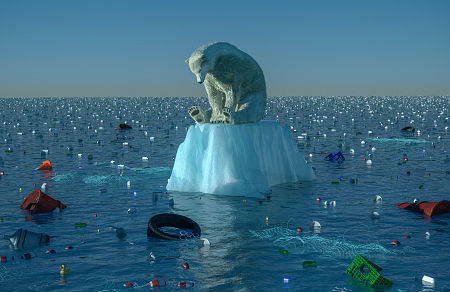 This one never hit my viewing screen until my pastor mentioned it to me this last weekend. He knows I blog about disruption and how change can catch us by surprise. He studied this story because it has a lot to do with how congregations of believers can leave a religious organization with a “bridge to nowhere” as the analogy goes.
This one never hit my viewing screen until my pastor mentioned it to me this last weekend. He knows I blog about disruption and how change can catch us by surprise. He studied this story because it has a lot to do with how congregations of believers can leave a religious organization with a “bridge to nowhere” as the analogy goes.
People who see disruption on the horizon are often criticized by those who would side on the position that there is not yet enough information to do something. In a sense, you can’t “monetize” the solution until you clearly have the problem. That is a lot like justifying buying fire insurance after you have had a fire and can clearly show the benefits of insurance.
My wife calls me Dr. Doom because I tend to be one of the people who can see multiple calamities working together. That didn’t just happen by chance. I worked on nuclear power submarine power plants for six years under Admiral Rickover and after I finished my masters in operations research and statistics went to my boss with proof that Rickover’s insistence on avoiding multiple calamities was statistically improbable to say the least. My boss then put me on the mailing list to see the operational problems operating submarines had at sea. After about a month of reading those, I pleaded to stop sending them to me. It was clear that Murphy’s law was true.
We are prone to become cocky about our engineering prowess. Perhaps we should instead always be asking “what if” about things that seem unlikely but if they did happen might put us on the rocks. Walking humbly … nah … not popular at all.
 A recent article on customer attitudes toward climate change and what energy companies should do about it is really telling. To no one’s surprise, customers may want something to happen, but are less than willing to pay to make it happen:
A recent article on customer attitudes toward climate change and what energy companies should do about it is really telling. To no one’s surprise, customers may want something to happen, but are less than willing to pay to make it happen: I was shocked to see that the latest trend in hair color for this year is … wait for it… perhaps you guessed it … it is GRAY! Yippee … I am finally on the trendy side of things.
I was shocked to see that the latest trend in hair color for this year is … wait for it… perhaps you guessed it … it is GRAY! Yippee … I am finally on the trendy side of things.
